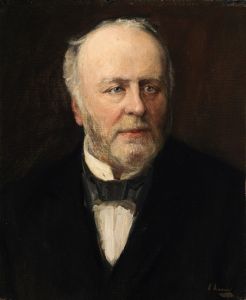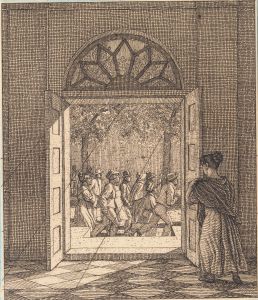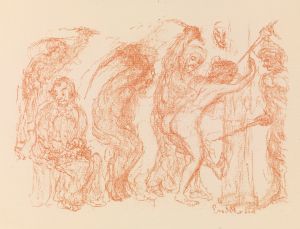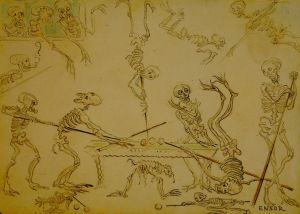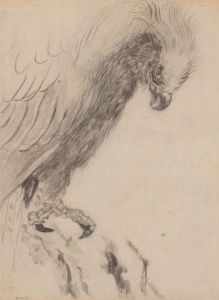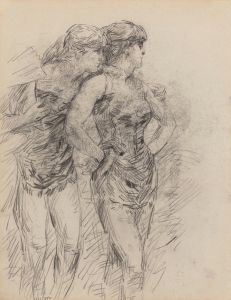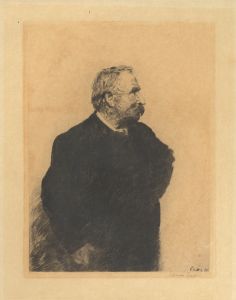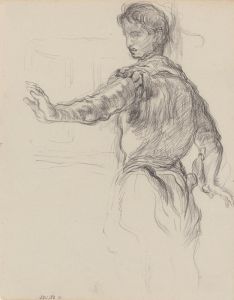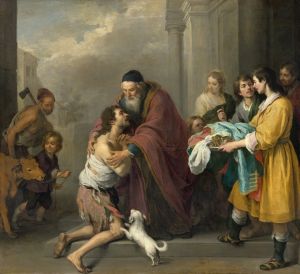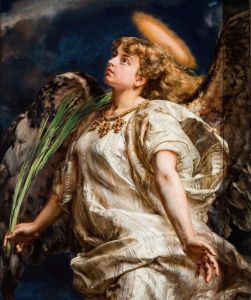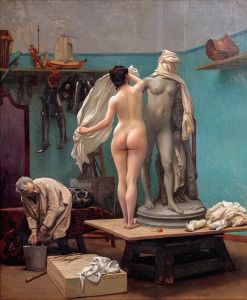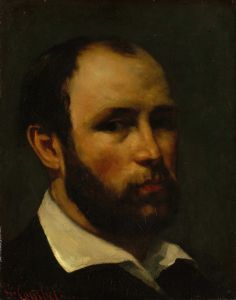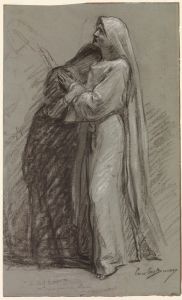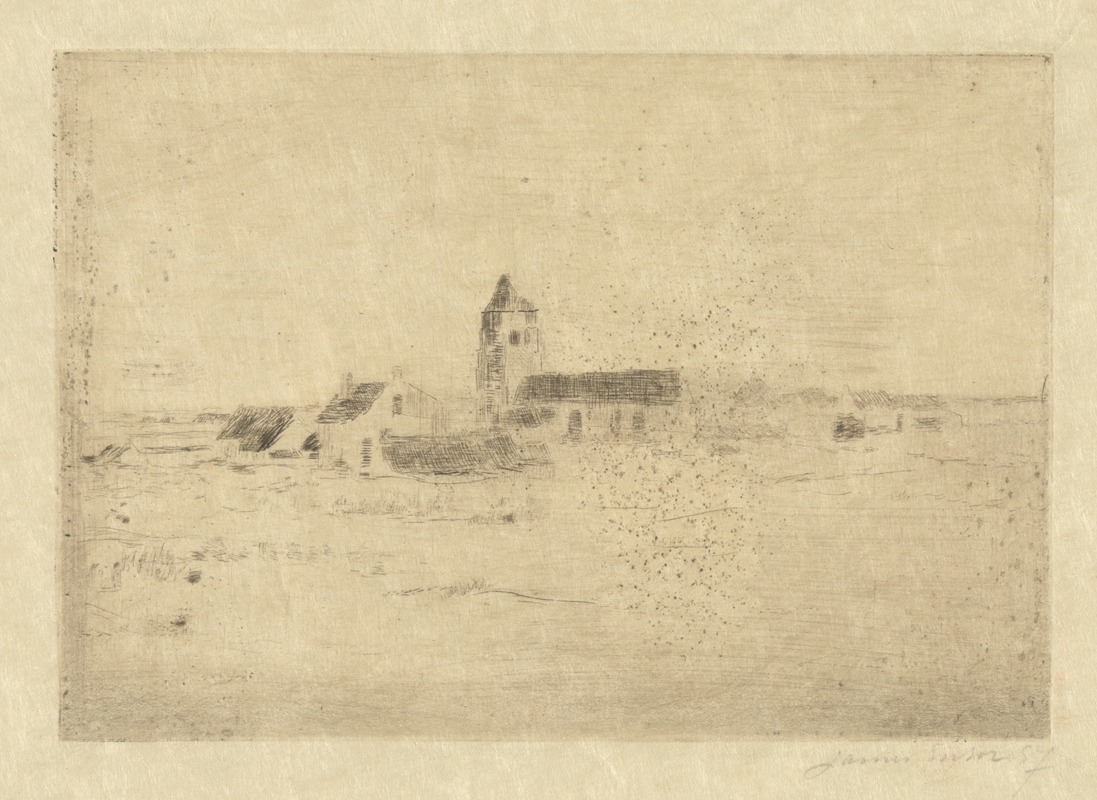
Klein gezicht op Mariakerke
A hand-painted replica of James Ensor’s masterpiece Klein gezicht op Mariakerke, meticulously crafted by professional artists to capture the true essence of the original. Each piece is created with museum-quality canvas and rare mineral pigments, carefully painted by experienced artists with delicate brushstrokes and rich, layered colors to perfectly recreate the texture of the original artwork. Unlike machine-printed reproductions, this hand-painted version brings the painting to life, infused with the artist’s emotions and skill in every stroke. Whether for personal collection or home decoration, it instantly elevates the artistic atmosphere of any space.
James Ensor, a prominent Belgian painter, is known for his unique and often avant-garde contributions to the art world during the late 19th and early 20th centuries. One of his lesser-known works, "Klein gezicht op Mariakerke," reflects his distinctive style and thematic interests. While there is limited information available specifically about this painting, understanding Ensor's broader artistic context can provide insight into its significance.
James Ensor was born in 1860 in Ostend, Belgium, and spent much of his life there. Ostend, a coastal city, often served as a backdrop for his works, influencing his choice of subjects and themes. Ensor's art is characterized by its bold use of color, innovative techniques, and often satirical or fantastical subject matter. He was associated with the Symbolist movement and was a precursor to Expressionism, influencing many artists who followed.
"Klein gezicht op Mariakerke" translates to "Small View of Mariakerke." Mariakerke is a district in Ostend, suggesting that this painting likely depicts a scene from this area. Ensor frequently painted scenes from his surroundings, capturing the essence of Belgian coastal life. His works often include elements of the mundane mixed with the bizarre, reflecting his interest in the grotesque and the theatrical.
Ensor's paintings are known for their vibrant colors and dynamic compositions. He often employed a technique that involved layering paint to create texture and depth, which can be seen in many of his landscapes and seascapes. While specific details about the composition and style of "Klein gezicht op Mariakerke" are scarce, it is reasonable to assume that it shares these characteristics, given Ensor's consistent approach to his work.
Throughout his career, Ensor was fascinated by themes of life and death, the macabre, and the absurd. His works frequently feature masks, skeletons, and carnival imagery, serving as a critique of society and human nature. Although "Klein gezicht op Mariakerke" may not explicitly include these motifs, the painting's context within Ensor's oeuvre suggests an underlying exploration of similar themes.
Ensor's influence on modern art is significant. His willingness to experiment with form and content paved the way for future avant-garde movements. His work was initially met with resistance and criticism, but he eventually gained recognition and acclaim. In 1929, he was made a baron by King Albert I of Belgium, and his legacy continues to be celebrated in art institutions worldwide.
In summary, while specific information about "Klein gezicht op Mariakerke" is limited, the painting can be appreciated within the broader context of James Ensor's artistic contributions. It likely reflects his innovative style, thematic interests, and the influence of his coastal surroundings in Ostend. Ensor remains a pivotal figure in art history, known for his unique vision and impact on subsequent generations of artists.





